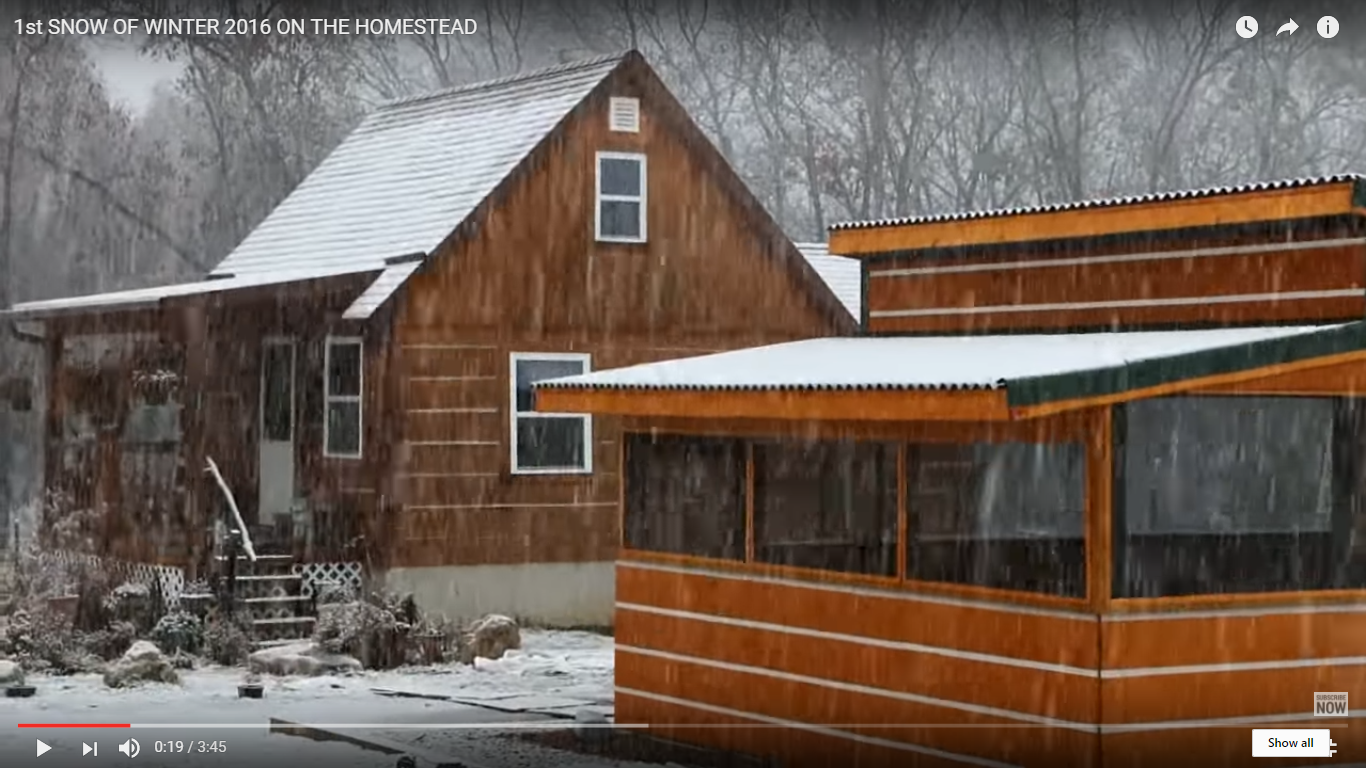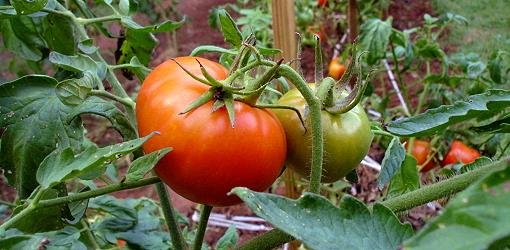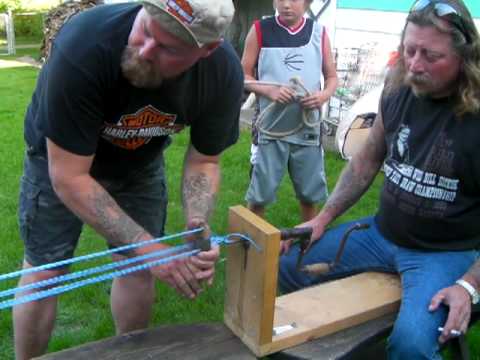How to Get Vitamin D in the Winter
Our main source of essential immune-boosting Vitamin D is from the sun, so naturally, in winter time, it can be hard to get enough. This is a likely cause of increased colds and flus during the winter time. Vitamin D not only keeps you healthy, it is also important for healthy bones, teeth, hair, nails … Read more







